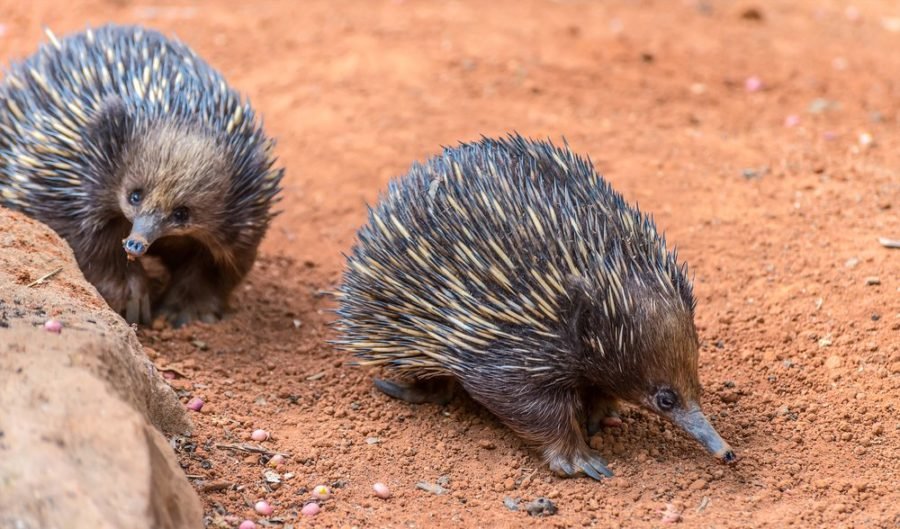How much do you know about Australia’s native fleas?

AUSTRALIA IS HOME to approximately 88 species of flea, 78 of which are endemic to the continent. But you’re probably more familiar with the cat flea Ctenocephalides felis, the one that invests your cats and dogs, and is found on every continent on earth except Antarctica.
“It’s a real success story,” says University of Sydney entomologist Andrea Lawrence, who’s interest in animal health and disease led her down the path to becoming an expert on Aussie fleas. Indeed, while we’re busy trying to eliminate these itchy pests from this earth, Andrea sees a different side to the story.
“Fleas get a pretty bad rap because they make our pets itchy but they are fascinating and beautiful organisms in and of themselves. While most people are interested in finding better ways to control and kill them, I love studying and learning how these parasites became so successful in the first place,” she told Australian Geographic.
From our small native rodents to our fluffy marsupials, Australia’s diverse flea population has a smorgasbord of juicy mammals to feed on. In fact, the biggest flea in the world, Bradiopsylla echidnae, preys solely on our much-loved echidnas, which doesn’t help them out with that bad rap.


Andrea is fascinated by how successful fleas are as a species.
The diverse sizes of Aussie fleas make them unique, Andrea explained, adding that Macropsylla hercules is a personal favourite, mainly for its name and large size. But she also has a fondness for Stephanocircus, a genus of fleas that have developed helmets that work similarly to the prow of a boat, steering the fleas through the fur, and then they dig in.
“Fleas are vessel feeders, which means that they utilize the hosts natural blood pressure to feed with needle-like mouthparts,” Andrea explained. “They have 3 ‘needles’ called stylets. The first two penetrate the skin and the central stylet draws up blood.” Strategically, the fleas also release anticoagulants into the bite-site from their salivary glands to stop the blood from clotting.
Some other species of flea like to dig a little deeper though. “For Echidnophaga ambulans ambulans, the first species described in Australia back in 1886, the fleas burrow their mouthparts and head into the host’s skin and as a result, the small fleas in this genus have earned the name ‘stick-tight’ fleas because of the way they ‘stick’ to the skin,” Andrea said.

A helmut flea.
According to Andrea, one of the most fascinating thing about fleas is their genitals. “It is regarded as one of the most complex male copulatory organs in the animal kingdom. The penis is so long and flimsy that it is folded into the abdominal cavity when not in use.” And they’re efficient with their time too, positioning themselves underneath the female to mate with her while she’s feeding.
Beyond her fascination with their unique behaviours, Andrea firmly believes in the importance of studying fleas. “Comparatively, there’s been so much done on mosquitoes, we understand a lot more about the pathogens that they can transmit,” she said. “Fleas transmit disease as well, yet there’s a lot we don’t understand about flea-borne pathogens and their transmission cycles. In places like central Africa where there is more contact between fleas and humans,flea-borne diseases are often misdiagnosed as malaria and treated with anti-malarials. The study of fleas is important and will have widespread impacts on understanding human health.”
READ MORE:

